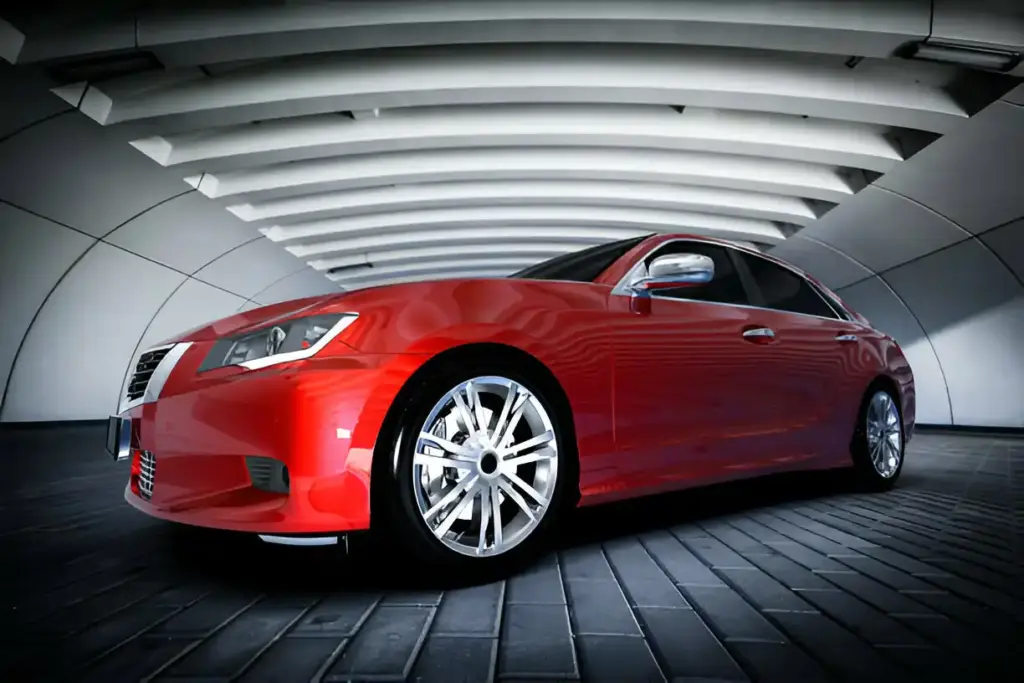When it comes to buying a car, deciding between new and used is one of the most important decisions you’ll make. Each option has its unique advantages and disadvantages, and the best choice depends on your personal circumstances and preferences. This article will guide you through the pros and cons of each option, key considerations, financial aspects, and tips for making the best decision.
Advantages of Buying a New Car
- Latest Technology and Features
- New cars come equipped with the latest technology, safety features, and conveniences. This can include advanced driver assistance systems (ADAS), better fuel efficiency, and the newest infotainment systems.
- Example: Many 2024 models feature innovations such as adaptive cruise control, lane-keeping assistance, and touchless infotainment controls.
- Warranty Coverage
- New cars typically come with comprehensive manufacturer warranties that cover repairs and maintenance for a certain period or mileage.
- Example: Most manufacturers offer a 3-year/36,000-mile bumper-to-bumper warranty and a 5-year/60,000-mile powertrain warranty.
- Custom Options
- When you buy new, you have the option to customize the car to your liking, including choosing the exact color, features, and accessories you want.
- Example: You can select premium interior materials, advanced audio systems, and other bespoke options.
- Better Financing Rates
- New cars often come with lower interest rates and better financing options, as manufacturers and dealers are eager to sell the latest models.
- Example: Many manufacturers offer 0% financing or cash rebates for qualified buyers.
Advantages of Buying a Used Car
- Lower Purchase Price
- Used cars are generally much cheaper than new ones, both in terms of the initial purchase price and insurance costs.
- Example: A 3-year-old car can cost 20-30% less than its new counterpart.
- Slower Depreciation
- New cars depreciate quickly, losing a significant portion of their value in the first few years. Used cars have already undergone this steep depreciation, so their value declines more slowly.
- Example: A new car can lose up to 20% of its value in the first year, whereas a used car’s depreciation is much less steep.
- Lower Insurance Premiums
- Insurance premiums are generally lower for used cars compared to new cars due to the lower replacement cost.
- Example: Insuring a used car can save you hundreds of dollars annually compared to insuring a new car.
- Wide Selection
- The used car market is vast, offering a wide variety of makes, models, and years, making it easier to find a car that fits your budget and needs.
- Example: Websites like Carfax and AutoTrader provide extensive listings of used cars with detailed histories.
Key Considerations When Choosing
- Budget
- Assess how much you are willing to spend, including the down payment, monthly payments, insurance, and maintenance costs.
- Example: Use online calculators to estimate monthly payments based on different loan terms and interest rates.
- Usage
- Consider how you plan to use the car. For long commutes, reliability, fuel efficiency, and comfort may be more important. For city driving, a smaller, more maneuverable car might be better.
- Example: A hybrid or electric vehicle might be ideal for daily commutes, while an SUV could be better for family trips and outdoor activities.
- Longevity
- Think about how long you plan to keep the car. New cars are a better investment if you plan to keep them for many years. Used cars can be a good short-term solution.
- Example: If you plan to keep the car for over five years, a new car might offer better value despite its higher upfront cost.
Financial Aspects to Consider
- Total Cost of Ownership
- Calculate the total cost of owning the car, including purchase price, insurance, maintenance, and depreciation.
- Example: A new car might have higher monthly payments but lower maintenance costs in the first few years.
- Financing Options
- Compare interest rates and loan terms for new and used cars. New cars often come with lower rates, but used cars can be financed through credit unions or online lenders.
- Example: A 60-month loan for a new car might have an interest rate of 2.5%, while a similar loan for a used car might be 4%.
- Resale Value
- Consider the car’s expected resale value. Some cars hold their value better than others, impacting the overall cost of ownership.
- Example: Brands like Toyota and Honda are known for high resale values, which can offset higher initial costs.
Decision-Making Tips
- Do Your Research
- Spend time researching different models, prices, and reliability ratings. Use resources like Kelley Blue Book, Edmunds, and Consumer Reports.
- Example: Check reviews and ratings for the top models in your budget to ensure reliability and owner satisfaction.
- Get a Pre-Qualification
- Obtain a pre-qualification for a loan to know your budget and strengthen your negotiating position.
- Example: Pre-qualifying with a bank or credit union can give you a clearer picture of your financial options and limits.
- Test Drive
- Always test drive the car to ensure it meets your expectations and needs. Pay attention to comfort, handling, and any unusual noises.
- Example: Test drive the car on different road types and conditions to get a comprehensive feel for its performance.
- Check Vehicle History
- For used cars, get a vehicle history report to check for accidents, major repairs, and ownership history. Services like Carfax provide detailed reports.
- Example: A clean history report can give you peace of mind and help you avoid potential problems.
Conclusion
Choosing between a new and used car depends on your personal preferences, budget, and needs. By understanding the advantages and disadvantages of each option and carefully evaluating your financial situation, you can make a well-informed decision. Whether you opt for the latest model or a reliable used car, thorough research and thoughtful consideration will ensure you find the best vehicle for your lifestyle.
